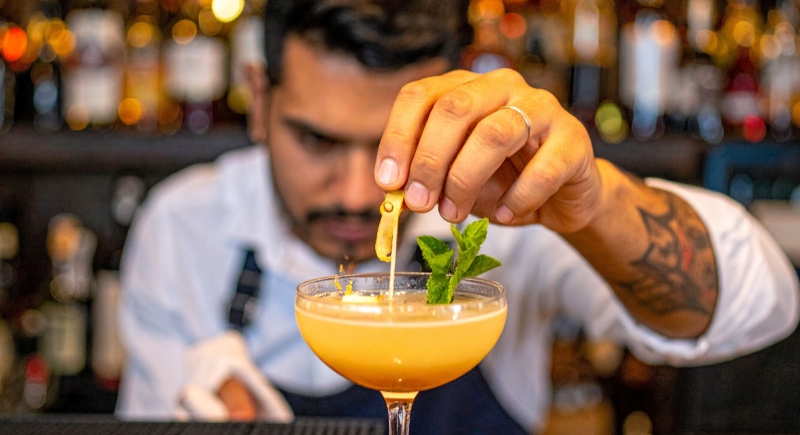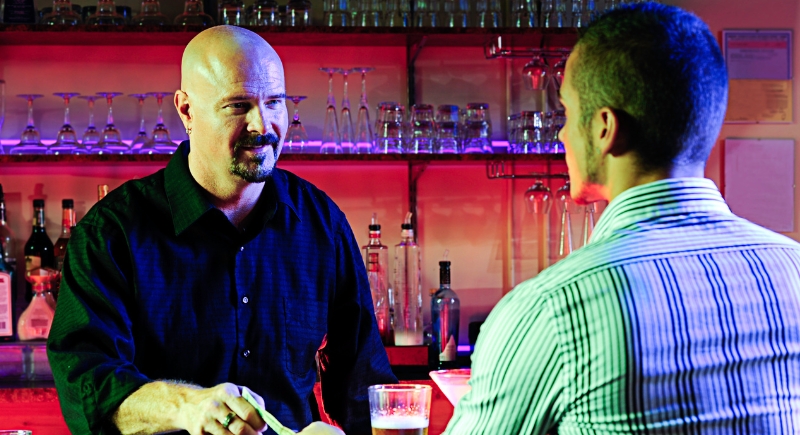You’re Probably Tipping Your Bartender All Wrong
Tipping at the bar seems straightforward until you realize almost nobody agrees on the right way to do it. A dollar per drink used to cover it when cocktails cost five bucks, but now you’re staring at $16 margaritas and touchscreens nudging you toward 25%.
What’s “right” depends on where you are, what you’re drinking, and how much work went into it. A quick beer pour isn’t the same as a muddled cocktail that takes three minutes. In the end, tipping is about reading the situation and recognizing the effort behind your glass.
Tip 20% at Cocktail Bars or When Ordering Expensive Drinks

Image via Canva/TrueCreatives
Tipping a flat amount per drink doesn’t always scale properly, especially at higher-end venues. Crafting a cocktail that takes several minutes isn’t the same as opening a bottle of beer. Bartenders who prepare complex drinks expect compensation that reflects their time and skill.
At these bars, the standard is to tip 20% of the total tab. That matches restaurant service expectations and aligns with how most professionals in the industry view fair tipping. When you sit at the bar for both drinks and food, the same 20% guideline applies. Bartenders often act as both server and mixologist in that situation, so they’re managing more than one role.
If your tab includes several high-priced items, then calculating the percentage avoids under-tipping by default. Don’t assume the old “$1 per drink” rule holds up, especially in places where drinks cost over $12. Percentage-based tipping is more accurate, fairer, and now expected at most cocktail-forward bars.
Cash Tips Are Preferred and Build Goodwill
Most bartenders prefer cash tips, even if you pay for your drinks with a card. Credit card tips often get processed through payroll systems, which can delay access or include fees. Leaving a tip in cash ensures it goes directly to the bartender or gets shared among staff without deductions.
If you’re planning to spend the evening at one bar, tip generously during the first round. It’s a common practice among regulars and service industry veterans because it sets a positive tone for the rest of the night. Bartenders usually remember those who tip well up front.
While it doesn’t guarantee anything extra, it typically results in faster service or occasional perks. If your bartender comps a drink, don’t treat it as a free pass. Estimate the drink’s price and leave a tip based on that amount as a professional courtesy.
Understand the Etiquette Around Free Drinks

Image via Getty Images/Inkk Studios
When a bartender offers something on the house, they’re using their discretion to acknowledge a good guest or a valued regular. Tipping after a no-cost drink shows you acknowledge this gesture without trying to pay them back directly. The best approach is to calculate what the drink would have cost and leave 20% of that amount as a tip.
Say thank you, and let them know you’d like to tip the team—don’t force money into their hand. This keeps things smooth and respectful. The drink wasn’t free to the bar, even if it was free to you, and failing to tip makes it less likely you’ll get that treatment again.